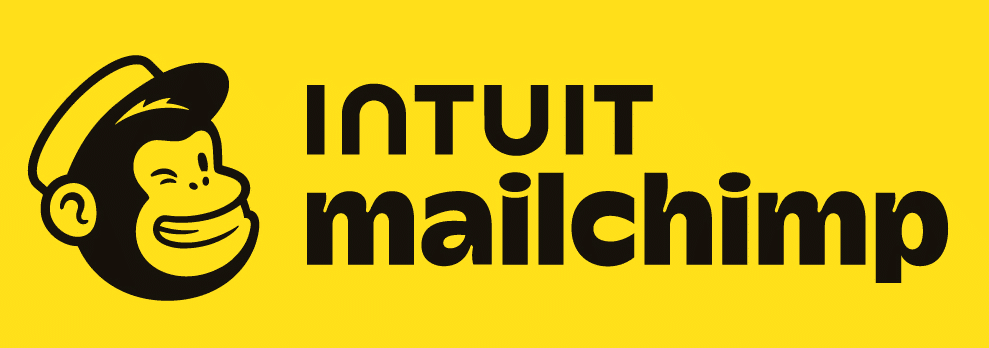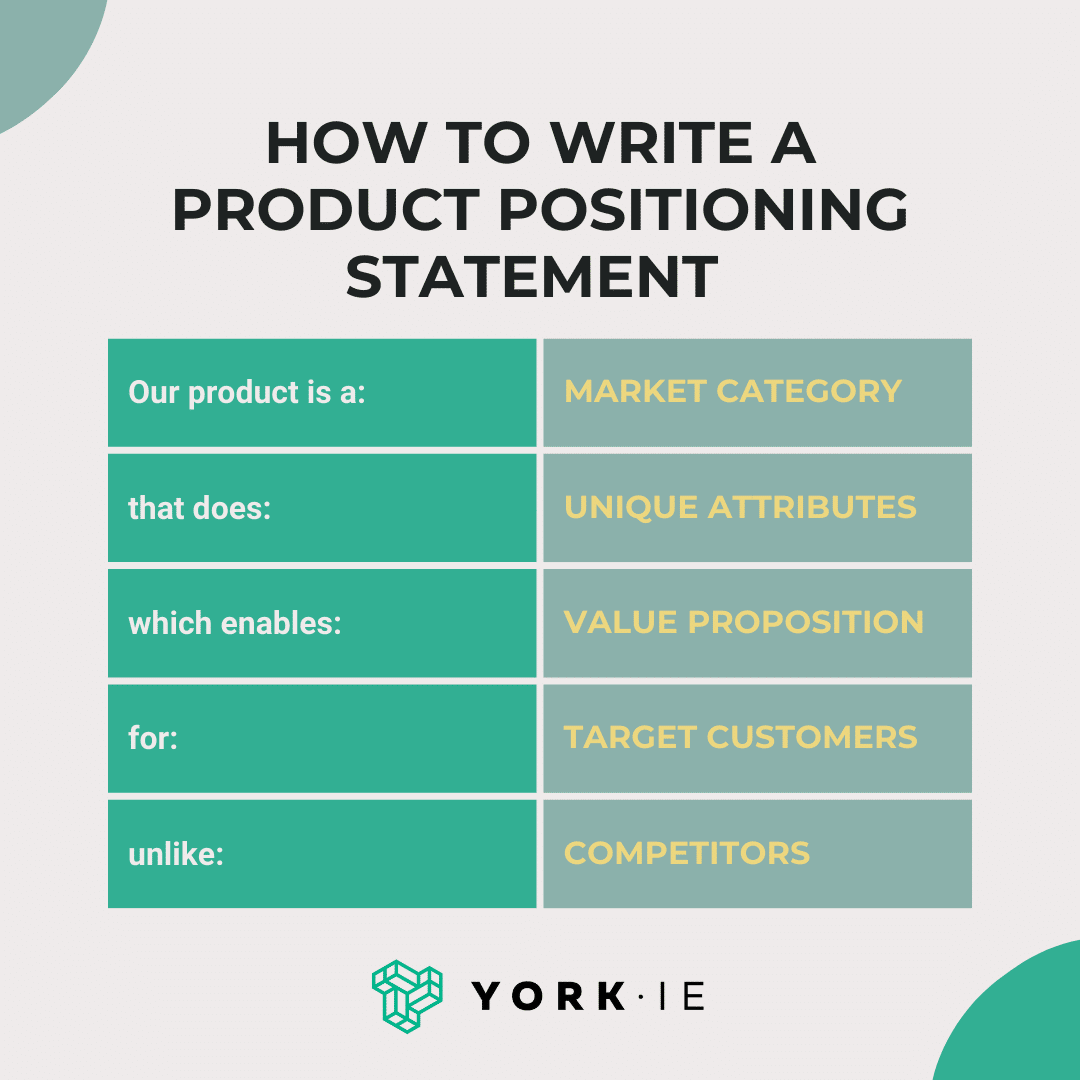Table of Contents
What Is a Positioning Statement?
A positioning statement is a sentence that describes what a product is, what it does, who it does it for and what its competitors are. It’s an internal document that a company uses to guide how it brings its product to market and delivers value to customers.
An effective product positioning statement should answer the following questions:
- What problem does the product solve?
- Who does the product solve this problem for?
- How does the product solve this problem differently than other products?
What Is the Purpose of a Positioning Statement?
The purpose of a positioning statement is to help a company communicate its story to its target market by emphasizing its value proposition, its pricing and packaging and its unique differentiators.
An effective positioning statement enables a company to market and sell its product more efficiently, develop new features that better meet customer needs and improve customer retention.
Positioning Statement vs. Mission Statement
The difference between a positioning statement and a mission statement is that the former explains why your target customer base should find value in your product, while the latter describes your company’s day-to-day obsession.
Another way to think of it is, a product positioning statement should be customer-focused and a mission statement should be company-focused.
Ikea’s mission statement, for example, is “to offer a wide range of well-designed, functional home furnishing products at prices so low that as many people as possible will be able to afford them.” It says nothing about Ikea’s target market or the value customers get from the company’s products, like a positioning statement would.
What Are the 5 Main Components of Product Positioning?
The five main components of product positioning are:
- market category;
- unique attributes;
- value proposition;
- target customers; and
- competitors.
How to Write a Positioning Statement
To write a product positioning statement, take the above components and put them together into one clear, concise sentence.
1. Identify Your Market Category
What is your product? Don’t be too broad, but don’t be so specific that potential customers can’t easily understand the concept, either. If you’re a sedan manufacturer, for example, “automobile” is too broad and “four-door family transportation vehicle” is too specific. Just say “sedan.”
2. Highlight Your Unique Attributes
What makes your product stand out from others in the market category you just defined? What do you do better or differently?
3. State Your Value Proposition
How do those unique attributes help your target customers?
4. Identify Your Target Customers
Who are the people you want to buy your product? Again, be as specific as possible without sacrificing clarity. If you live on a road that goes to a private golf course and your kids open up a lemonade stand, for example, their target customers should be “thirsty, tired golfers with disposable income,” not just “thirsty people.”
5. Call Out Your Competitors
Which companies in your market category should customers view as your main competitors? Ideally, your unique attributes and value proposition are more appealing to customers than these companies’.
Positioning Statement Template
To put those components into a complete statement, follow this one-sentence positioning statement template:
Our product is a [MARKET CATEGORY] that does [UNIQUE ATTRIBUTES], which enables [VALUE PROPOSITION] for [TARGET CUSTOMERS], unlike [COMPETITORS].
Positioning Statement Examples
To see this template in action, let’s look at some positioning statement examples:
1. Tesla Cybertruck
Tesla wants to position its truck as a sleeker, more innovative and more environmentally-friendly alternative to traditional pickups. This is how the company communicates that to the market:
Our product is a truck that is both electric and stylish, which enables environmentally sustainable performance for upper-middle-class consumers, unlike GMC, Ford and Chevrolet.
2. Dyn Email Delivery
This is a product positioning statement I personally worked on at Dyn, where we were challenged with positioning our email delivery tool to legitimate users instead of spammers. After multiple iterations, we landed on this statement:
Our product is a transactional email delivery service that helps you provide meaningful email content to your target customers, which enables more ROI on email delivery for companies with first-party user signups, unlike traditional ways of sending emails like SMTP from your own web servers.
Note here that we positioned our competition as the old ways of doing things, not other companies, which can also be an effective approach.
3. Lemonade Stand
Even a business like a lemonade stand, which has withstood the test of time, can innovate by focusing on positioning. Here’s an example of how you can uplevel this lemonade stand.
Our product is a refreshing and delightful lemonade stand that offers a unique, natural and high-quality lemonade experience which enables a healthier option for customers who value handcrafted beverages that do not use artificial flavors and preservatives, unlike smaller competitors and store-bought options.
The Value of Product Positioning
A successful product positioning statement helps your customers and prospects understand the value you bring to them, which in turn makes your sales and marketing efforts easier and creates new opportunities for your company. It also helps your product development team focus on building the right differentiated features for the right target market.
Download our free positioning statement template and get started today.









































